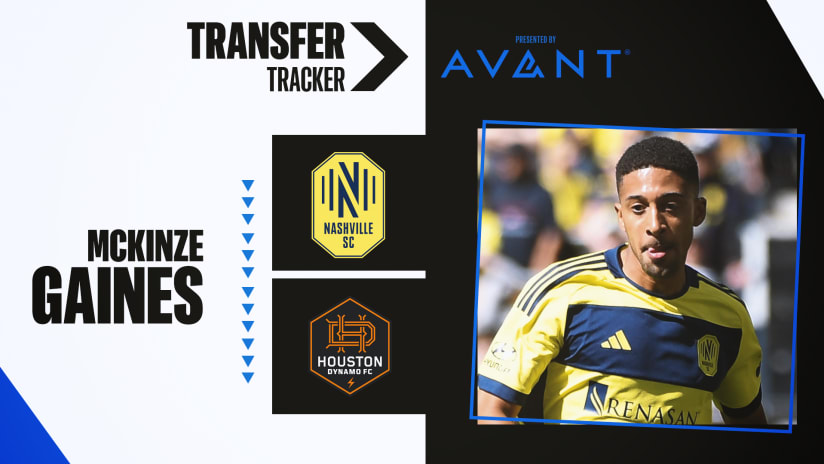CARSON, Calif. – Jurgen Klinsmann gave the 3-5-2 formation a go for 45 minutes in the US national team's loss last week in Chile, and it went much as might be expected.
There were a few good things that emerged and plenty that needs an awful lot of work, hardly surprising, given that the Yanks had never trained under Klinsmann in the system until the current camp.
Jermaine Jones' third outing in his USMNT transition to center back didn't go particularly well in Wednesday's 3-2 defeat, and the formation had something to do with that.
“I always say when I lose, I don't play good. I don't feel I was playing good,” Jones said Monday. “Of course, new formation, new system [and new position], it's not easy. I would say I prefer, of course, to play more midfield, but if I go back [to the backline], I prefer to play in a back four.
“Still, the coach has an idea with three in the back, but sometimes it's tough. To see that formation, see that whole system, for me it's not easy ... Chile was not one of my best games.”
The system wasn't easy for anyone, and Klinsmann, who has trotted out several systems since the World Cup – flat and diamond 4-4-2s, a 4-3-3 and now this 3-5-2 – isn't yet sure how the Yanks will line up in Sunday's friendly at StubHub Center against Panama.
“This week, we'll see. I want to see different training sessions, different systems,” he said. “Over the long term, I think [the 3-5-2 is] definitely a card that we should have in our back pocket. I don't have a preferred system – I'm not a freak for the Dutch 4-3-3 or the German 4-2-3-1 or the 4-4-2 in a diamond. I try to adjust systems to the player materiel I have.”
The system can work for the US, Klinsmann insists, but only “if everybody in midfield does his defensive job.”
“In the moment you leave one or two men open in midfield, then the back-three line is more than challenged,” he said. “You saw that in the first half, too many crosses coming in and actually finding people from the Chilean team.
“Overall, I think it's a very interesting system, because Jermaine is one, he can come out of the center and become a midfielder or a forward. He can surprise an opponent. An opponent doesn't know who takes on this guy – 'What is he doing now suddenly?' – so he can play in many different ways.”
Jones, 33, isn't quite ready for that. He's still tackling his new assignment.
“I play a lot of times with my German teams in the back four [as a fill-in],” he said. “Backline with four people, I feel like we're comfortable. It's better for me. But what I have to learn now is find that rhythm with the back four. It's not easy. I've played three times now in the back four [including the second half against Chile] and three times with a different center back.
“You have to build a relationship with the back four, with the guys next to you. This is building over a couple games, so it's not easy, but I'm 100 percent sure that we'll come there.”
Jones thought “the first 20-30 minutes was good with that back three, but maybe you can say after the 30 minutes, maybe we got tired, we lose the concentration. I will not say that we are comfortable with that [but] the big point is that we have an option B to switch if maybe we have to switch during the game.”
That's Klinsmann's thinking.
“I think it is worth that we always have it and we know how to play it, but everybody in a system like that needs to be on the same page,” Klinsmann said. “You can't allow crosses to come in. That means the winger that you have, whomever it is, needs to block the crosses right away. And, obviously, there's three [defenders], they need to develop an understanding: Who moves up, who does stay, who keeps the line? All these little things that in two weeks [of working with the alignment], you're not getting that under your belt.
“Definitely, we want to keep developing it, because we want to use it when the moment is there and maybe we have the players for it. And therefore, it's a card to keep working on.”













